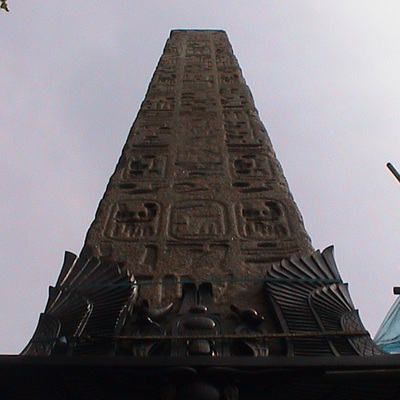Born in Burnham Thorpe, Norfolk. Naval commander who became a national hero as a result of his victories in the battle of the Nile (1798) and the Battle of Trafalgar (1805). He was mortally wounded at Trafalgar and died as the battle was won. His body was returned to England in a barrel of brandy (to preserve it) and laid in state in the Painted Hall, Greenwich for 3 days. On the night before his funeral, 8th/9th January 1806, his body lay in a room in the Old Admiralty Building. Buried in St Paul's Cathedral.
"England expects that every man will do his duty."
2017: Merton, where Nelson lived for his last four years, has created a Nelson Trail, for which Diamond Geezer has created an essential guide.
A national hero, but one who strongly opposed the abolition of the slave trade, describing William Wilberforce as ‘damnable’.
2020: Daily Mail headline: "Barbados removes 200-year-old statue of Admiral Lord Nelson - weeks after revealing plans to drop the Queen as head of state and 'fully leave our colonial past behind'."









Comments are provided by Facebook, please ensure you are signed in here to see them